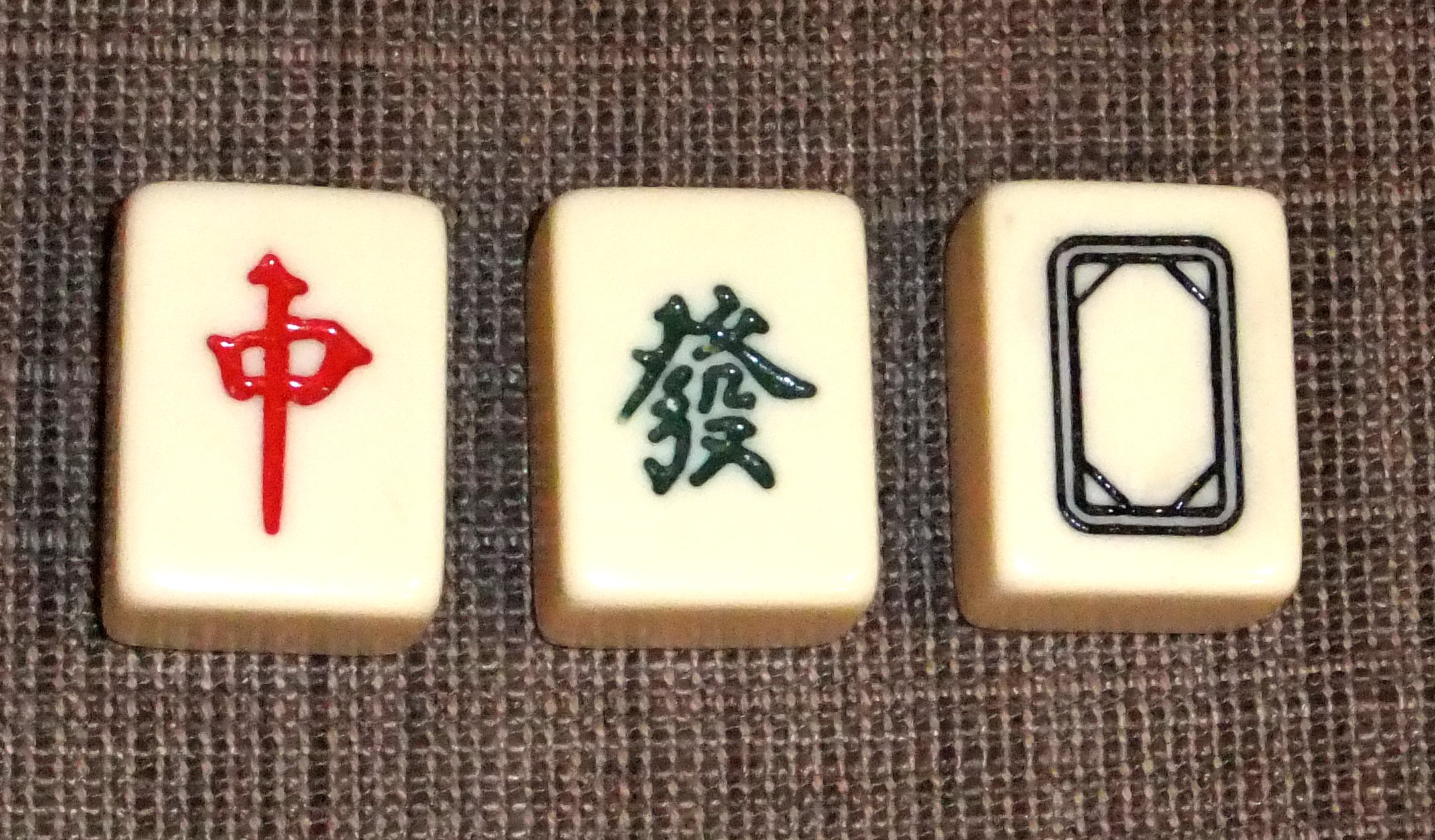Four seasons chess, from the Libro de Juegos.
Four seasons chess is a version of chess for four players,
dating back to at least 1283. It was featured in a book of games
commissioned by Alfonso X of Castille. It uses a standard chess board
and splits to usual two forces into four, giving each player four pieces
and four pawns. It is unusual in that the pawns are split, two going
in each direction from the corner in which their player starts. A cross
is marked on the board to help reinforce this.
History of Four Seasons Chess
The history of this game is largely unknown. It grew out of the game
shatranj, and was documented in Spain in 1283 under the name "acedrex
de los quatro tiempos". But it has not been encountered in this form in
other times or places.
The game was usually played for money,
with amounts being regulated for captures, checks and mates, money being
paid into a pool that goes to the victor. It could be played with or
without dice.
It is one of a number of early attempts to create a
chess game for four players, the earliest one being the four-handed
Indian dice chess.
Rules for Four Seasons Chess

Four seasons chess, starting position.
Four Seasons Chess is played by four people on a modified chess
board. The main diagonals of the board are marked in the middle, to
help make the moves of the pawns clear.
Each player starts with a
king, a rook, a knight, a bishop and four pawns. As pawns can become
queens in the game, some way of marking the pawns should be kept in hand
(e.g. coins to place underneath).
1. At the beginning of the game
the pieces are set out with green (spring) in one corner, red (summer)
to his right, then black (autumn) followed by white (winter). This is
shown in the diagram.
2. Players decide at random who will take each side.
3. Spring begins the game, with play passing anti-clockwise around the board in the same order as the seasons.
4. In his turn a player moves a single piece according to the following rules:
(i).
a pawn may move one step forwards in the direction that it has faced
since the start of the game (roughly along the board edge);
(ii).
the rook moves as many squares as is convenient in one of the four
horizontal or vertical directions, though without jumping over any piece
in the way;
(iii). the knight moves one square horizontally or
vertically, and one further diagonal step away from its current square,
jumping over any piece in its way;
(iv). the bishop moves exactly two squares diagonally, jumping over any piece in its way;
(v). the king moves one step in any direction, horizontally, vertically or diagonally.
(vi). a queen (see rule 6) moves one square in any diagonal direction.
5. Only one piece can occupy a square at a time.
6. A pawn reaching the far row of the board is promoted to a queen.
7.
A pawn may capture an opponent’s piece by moving one square diagonally
forwards to land on its victim. The captured piece is removed from the
board.
8. Other pieces capture by moving in their normal manner to land on the victim.
9.
A king cannot be captured, but may be threatened with capture. A king
so threatened must on his next turn deal with the threat in one of the
following ways:
(i). by moving the king out of danger;
(ii). by capturing the piece that poses the threat;
(iii). by interposing another piece between the king and the piece that threatens him.
10.
If a player’s king is threatened and he cannot escape as specified in
rule 9, then the player has been checkmated and drops out of the game.
11. The conquered player’s king is removed from the board and his pieces fall under the control of his conqueror.
12. The last player remaining in the game is declared the winner.
13.
It is usual for each player to attack the player to his right and
defend against the player to his left, but the rules of victory do not
enforce this. This order may, however, be used to determine who is the
conqueror in rule 11 if two players simultaneously checkmate another.
14. Though usually played without dice, the game can be played with an ordinary six-sided die, rolled before each move.
15. A throw of 6 dictates the king be moved, 5 a queen, 4 the rook, 3 the knight, 2 the bishop and 1 a pawn.
16. If the player has none of the specified pieces on the board, the turn is lost.
Strategic Considerations in Four Seasons Chess
Little has been written on strategy for this particular game.
Alfonso's book recommends that each player attack the opponent to his
right, while defending from the opponent to the left, but the book
states this is to maintain the analogy of the seasons, rather than
citing any strategic reason.
H. J. R. Murray writes that, though
two players opposite each other are not partners, their interests
coincide, at least at the start of the game, the adjacent players being
common enemies to both ("the enemy of my enemy is my friend"). However,
once one player has conquered another, it is probably inevitable that
the two weaker players should unite against the stronger.













